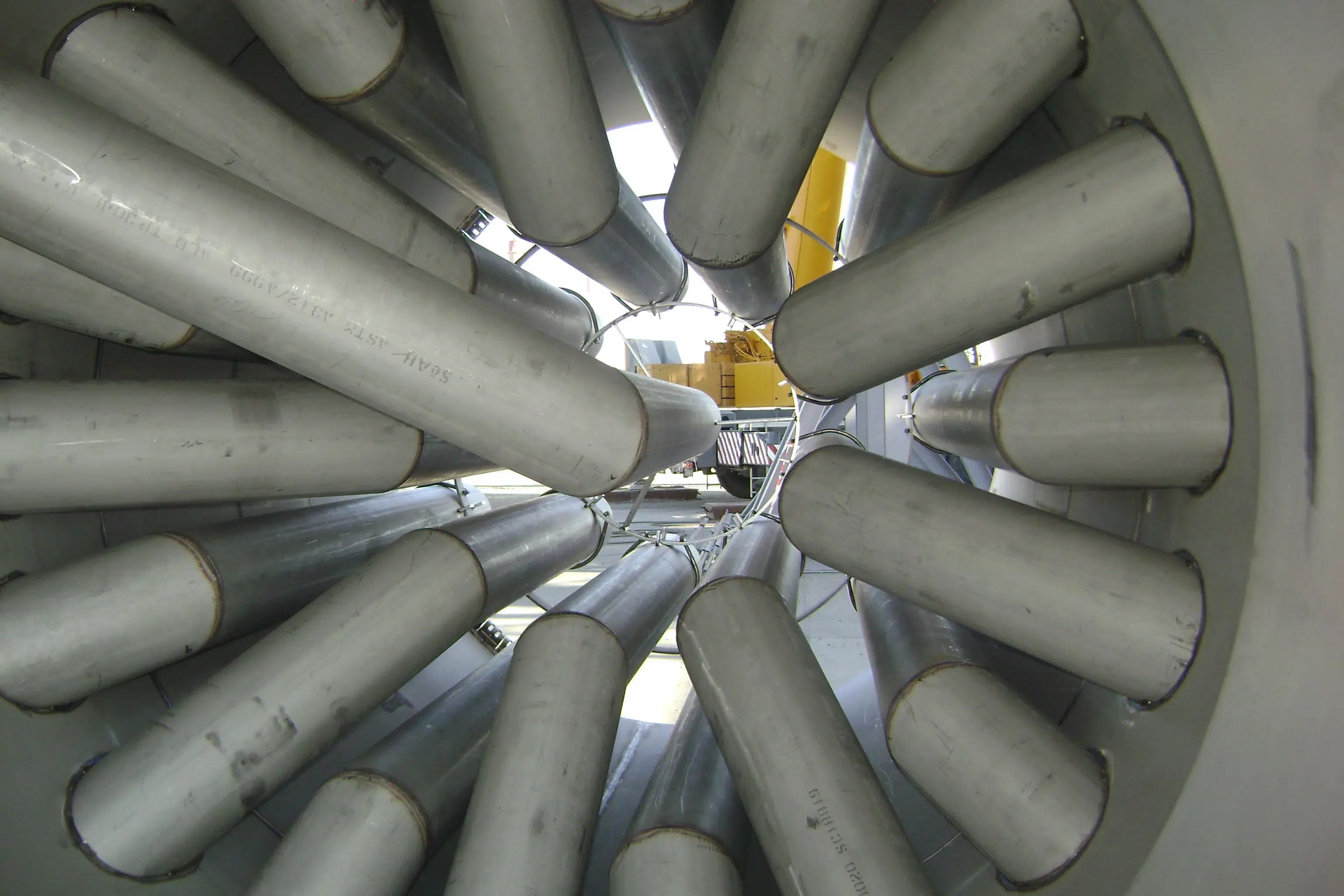
Quality Control (QC)
Welcome to [NDT Inspection Portal]’s quality control group, a place for professionals to connect... View more
Relative Image Quality Indicator (RIQI) ASTM E747
Relative Image Quality Indicator (RIQI) ASTM E747
Could anyone please explain the how to use and importance of relative image quality indicator (RIQI) as illustrated in ASTM E746-14 (figure 4)? The standard specifies an estimation methodology named Graph method of determining RIQI. It’s showing plotting a curve EPS % in X-axis and ratio of (no of visible holes/ no. of total hole) in y-axis. At 0.5 ratio on Y-axis, the corresponding EPS% you termed as POD 50%. I am interested to know about the real application of this curve or what its exactly the curve represent to user. Thank in advance for your efforts.
Log in to reply.